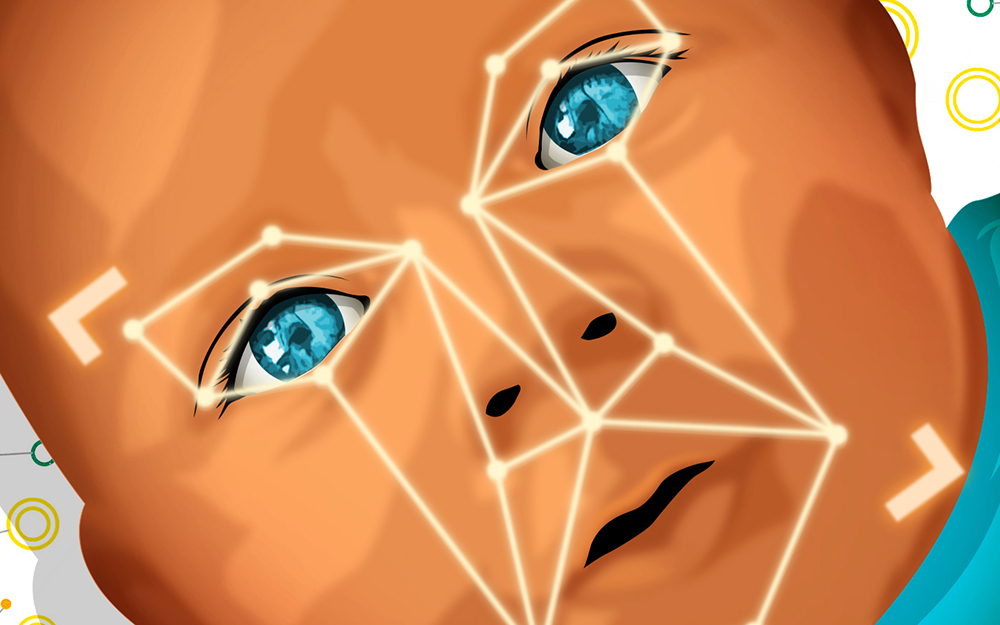Discoveries
3D Cameras Could Help Diagnose Rare Genetic Diseases
Feb 26, 2021 Cedars-Sinai Staff

Approximately 7,000 known rare genetic disorders affect humans. Many are difficult to diagnose in infants and children, except through costly DNA tests. A Cedars-Sinai investigator is leveraging an unexpected instrument as an alternative or complement to genome sequencing: a 3D camera.
About 40% of genetic syndromes affect the shape of a person’s face. Specialized physicians can recognize many by sight, but most are too subtle to be diagnosed in newborns. Pedro Sanchez, MD, a pediatrician and director of Medical Genetics at Cedars-Sinai, is studying whether a 3D-camera-created “facial atlas,” paired with machine-learning software, could offer a definitive diagnosis.
With support from the National Institutes of Health, Sanchez and colleagues across the country compiled a database containing 3D photos of more than 3,000 patients with confirmed diagnoses of almost 400 conditions and, for comparison, 3,000 images of unaffected family members. (The images in the secure, private database are not associated with patients’ names or personal information.) The physicians then trained analytic software to recognize the subtle facial features common to patients who share a condition. The software achieved nearly 80% accuracy in diagnosis. Sanchez hopes to expand this effort and develop a program to assist physicians in the clinic.
Although genetic conditions are often lifelong and incurable, a confirmed diagnosis, especially an early one, can help families access support and disease-specific genetic counseling. For example, patients with Beckwith-Wiedemann syndrome are more at risk for childhood cancer—with an early diagnosis, families can see a pediatrician for regular tumor screening and other proactive care.


